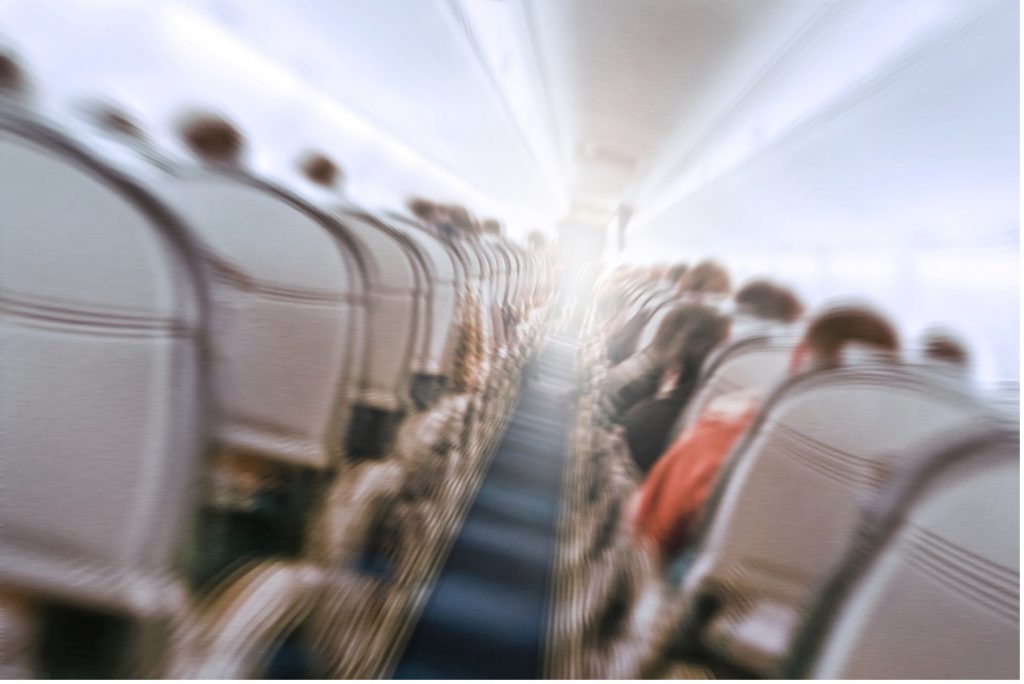If an aeroplane travelling at a high-speed amongst the clouds can provide us seamless Internet connectivity, then why do we passengers still grip armrests and grab for barf bags when it comes to turbulence?
In this tech-age, why can’t the pilots avoid the air turbulence? The one-word answer is “no,” air turbulence is the weather; therefore, it can not be predicted.
What Is Aeroplane Turbulence?
First, the air is not stationary; it is always in motion like a stream of molecules. Since the air is in motion, the aeroplane encounters irregular atmosphere movement, and the passengers feel the bump. In aviation, experts consider aeroplane turbulence expected and normal; and they have classified turbulence in the following categories according to their level of intensity:
Light Turbulence: There is a slightly noticeable shifting, but there is not any movement of the unsecured objects.
Moderate Turbulence: There is a notable altitude shift.
Severe: Unsecured objects come charging into the cabin area, resulting in injuries to the passengers.
Extreme Turbulence: In this air turbulence intensity, the aeroplane’s control becomes difficult and may damage the aeroplane component.
Major Causes Of Aeroplane Turbulence
Here are the science-backed reasons for air turbulence:
Mountains: Generally, in the region around the high mountain ranges such as the Alps, there are strong winds that cause the aeroplane to push upwards by the high summits. The speed of the winds is between 5 to 30 miles. Thus, causing aeroplane turbulence.
Thunderstorms: During the thunderstorm, the warm air rises through the cooler air, and when the aeroplane comes in contact with them, there are a few bumps. It is way more common on a hot summer day.
Wind Shear: The plain old wind at a low altitude can lead to aeroplane turbulence, but wind shear — a sudden, short distance shift in the direction of the wind.
What Is Clear Aeroplane Turbulence?
Clear air turbulence is something that causes the most distress. Although it is not necessarily the most dangerous like any other turbulence, what makes it the biggest enemy of both the pilots and the passengers is that it is undetectable on the radar and often occurs in cloud-free, clear air.
The clear air turbulence, or CAT, typically occur at the height range of 20,000-50,000 feet. It is caused by the rushed, upward warm air that interacts with the stratosphere.
Is Aeroplane Turbulence Dangerous?
Even though air turbulence is normal and nothing to be afraid of, nervous or first-time flyers are way more concerned. Many of them are scared of hell.
They fear that the aeroplane will break apart. If it concerns you; then you need not worry; the aeroplane undergoes rigorous testing and safety checks with intense pressure on the wings and aeroplane mainframe before giving the green signal to fly. The passenger aeroplane is designed to withstand the strongest air turbulence, and even violent wind gusts cannot throw it.
How To Cope With The Fear Of Aeroplane Turbulence?
To cope with your fear of turbulence, enroll for an online phobia of flying program. They will educate you more on the scene behind air turbulence and provide you proof that suggests commercial airplanes are safe and secure to fly through tough weather conditions. They will educate you more on the scene behind air turbulence and provide you proof that suggests commercial aeroplanes are safe and secure to fly through tough weather conditions.
You will also learn meditation techniques and how to get yourself distressed during the flight to tame your anxiety.
If you or someone and your family have a fear of flying, then such a course will certainly help before boarding a long-haul flight.










